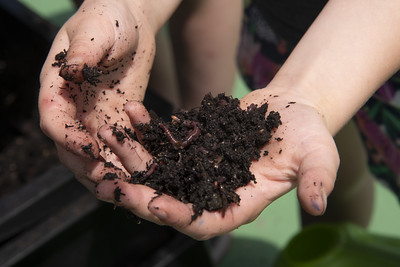
Vermicomposting
Students create a worm bin which will serve as a basis for investigations about ecosystems, life and nutrient cycles, and decomposition.
The National Agricultural Literacy Curriculum Matrix is a free database of standards-based lesson plans and resources for K-12 educators that use agriculture as a lens for teaching science, social studies, career and technical education, and nutrition.

Students create a worm bin which will serve as a basis for investigations about ecosystems, life and nutrient cycles, and decomposition.
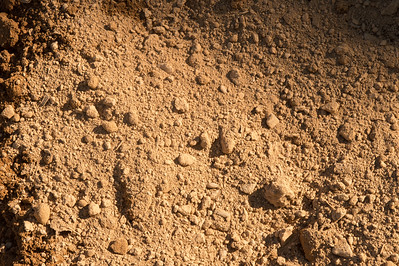
Students investigate soil texture and determine the texture of several soil samples.
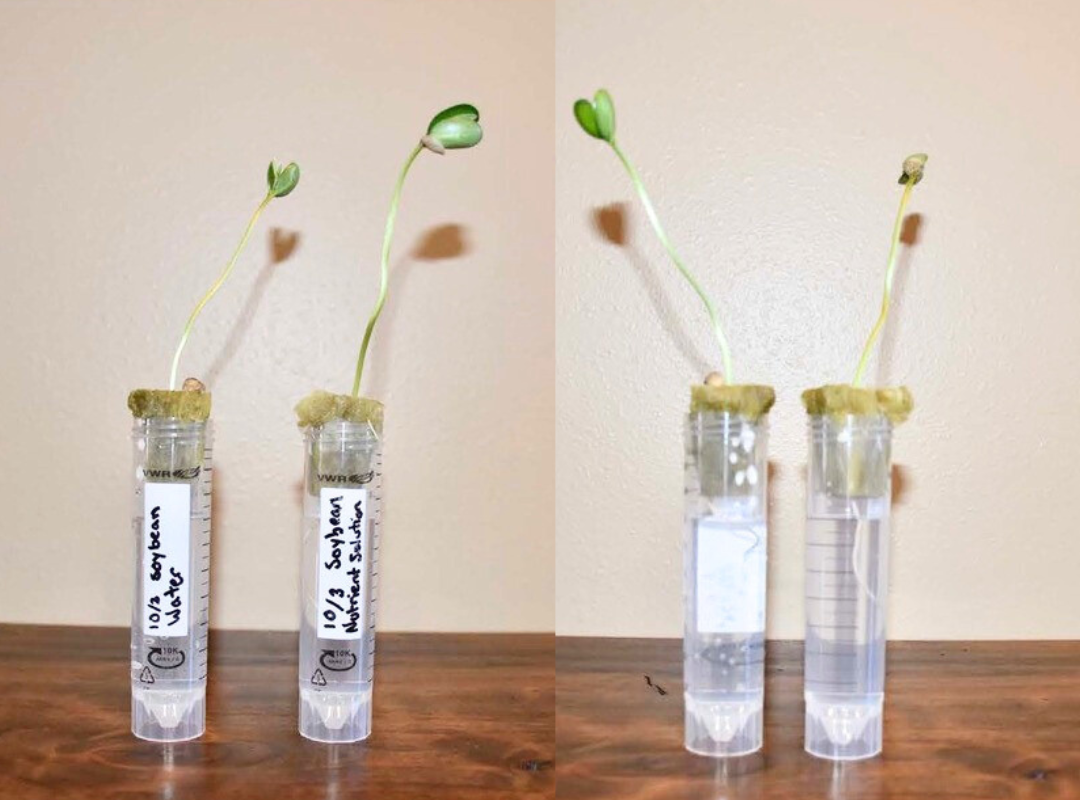
Investigate the importance of nutrients to support plant growth and discover how plants grow without soil by growing and observing plants in a test tube hydroponic system.

Students will understand how photoperiodism impacts plants and animals in the environment and learn how egg farms use this science to manage the laying of eggs by their hens.
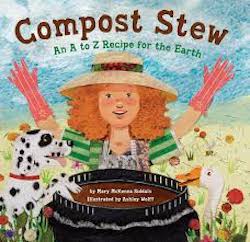
From apple cores to zinnia heads, readers will discover the best ingredients for a successful compost pile. How do you start a compost pile? What's safe to include? This book provides the answers.
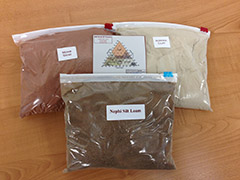
This is a great kit for teaching students about soil textures. The kit includes two cups of sand, two cups of silt, and two cups clay. All of the soil samples are from the state of Utah and are representative of the Intermountain Region, although the mineral content may be different, the particle sizes are true to soil texture type and can be used by other states for demonstration purposes. Order this kit online from agclassroomstore.com.
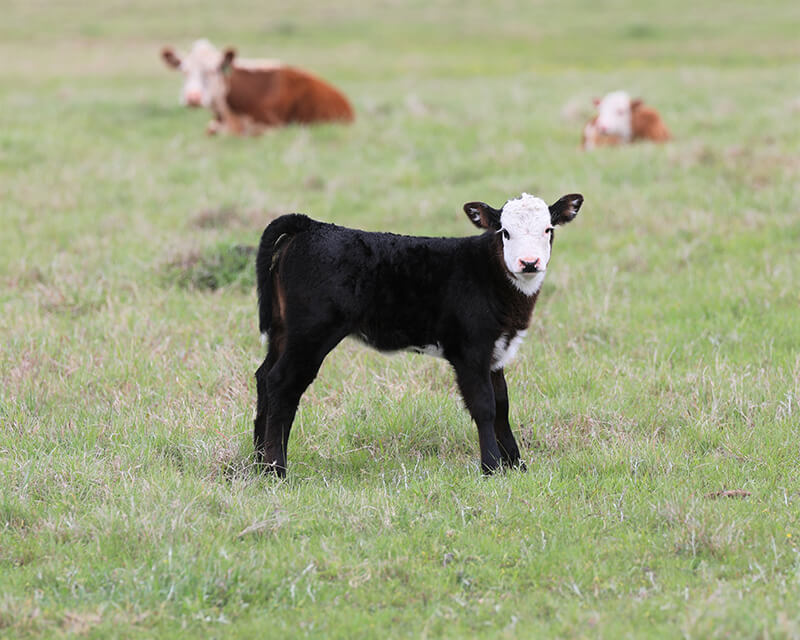
Students explore concepts of heredity in beef cattle and identify dominant and recessive traits.
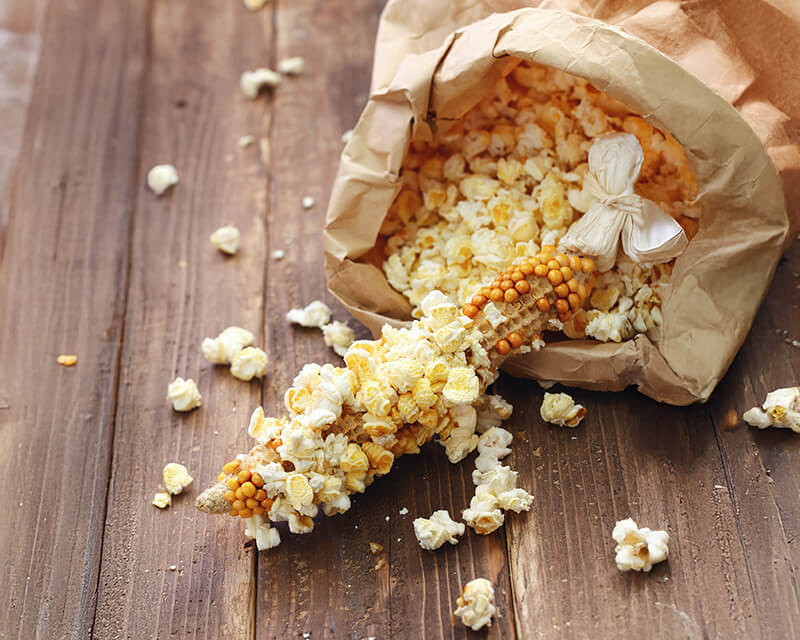
Students discover how popcorn is grown and explore the phenomenon of how popcorn pops.

This hands-on lesson teaches students how precision agriculture uses geographic information systems (GIS) to help farmers and manufacturers make smart, efficient, and responsible decisions about how and when they plant, grow, irrigate, harvest, and transport crops.
This lesson allows students to apply the concept of Mendelian genetics and learn about the double muscling trait found in cattle. Students will apply their knowledge of genetics and Punnett squares to calculate the probability of genotypes and use a pedigree chart.
This lesson explains the processes of cellular respiration and fermentation and how it applies to the production and processing of honey.
Students will learn about different types of carbohydrates, the role of enzymes in breaking down complex sugars into simple sugars, and how different sugars impact our perception of sweetness and may impact human health.
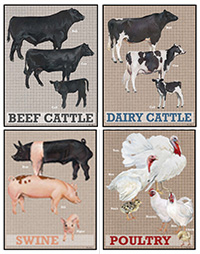
Double-sided cards representing four livestock species. These cards can add a reading supplement activity to lesson plans to help teach the basic principles about beef cattle, dairy cattle, pigs, and poultry. The cards can be printed from the attached PDF or ordered from the Nebraska Foundation for Agricultural Awareness.

Use this interactive map to help students see how geography and climate affects the production of agricultural crops. The map has USDA statistics built in to allow your students to answer questions such as, "Which state(s) produce the most cattle?" "Where does [my state] rank nationally in corn production?" "What region of the United States produces the most cotton?" etc. There are many agricultural maps available including field crops such as corn, wheat, barley, and alfalfa in addition to fruit and vegetable crops, ornamental nursery crops, and livestock.
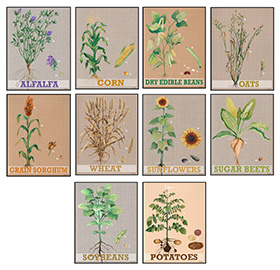
Double-sided cards representing ten agricultural crops. Each card shows the plant in each stage of growth, explains how and when it is planted and harvested and describes its use as feed for animals or food for humans. The cards can be printed from the attached PDF or prints can be ordered from the Nebraska Foundation for Agricultural Awareness.
Let us know if you have an idea you'd like to share for a new lesson plan or companion resource.
Download a CSV spreadsheet containing the vocabulary words used in the Curriculum Matrix.